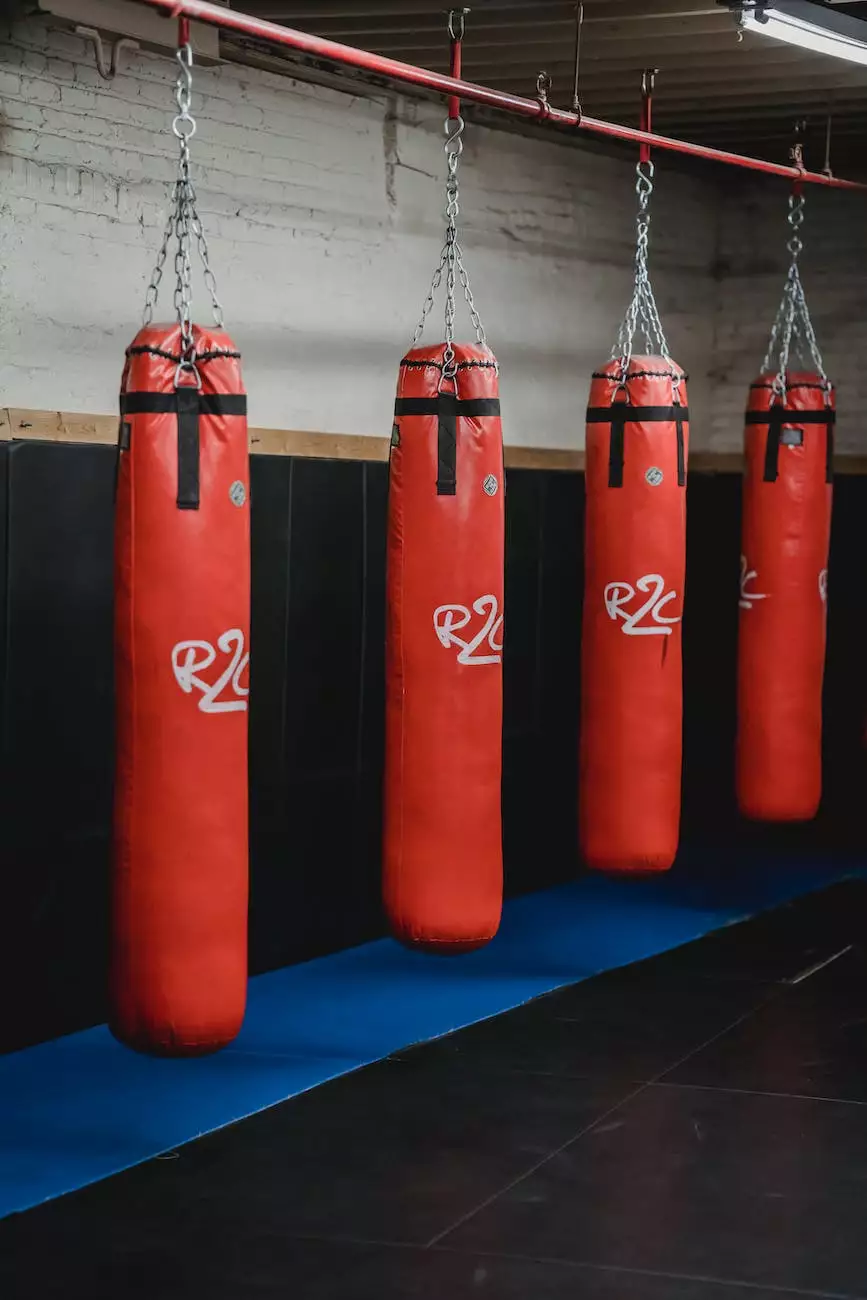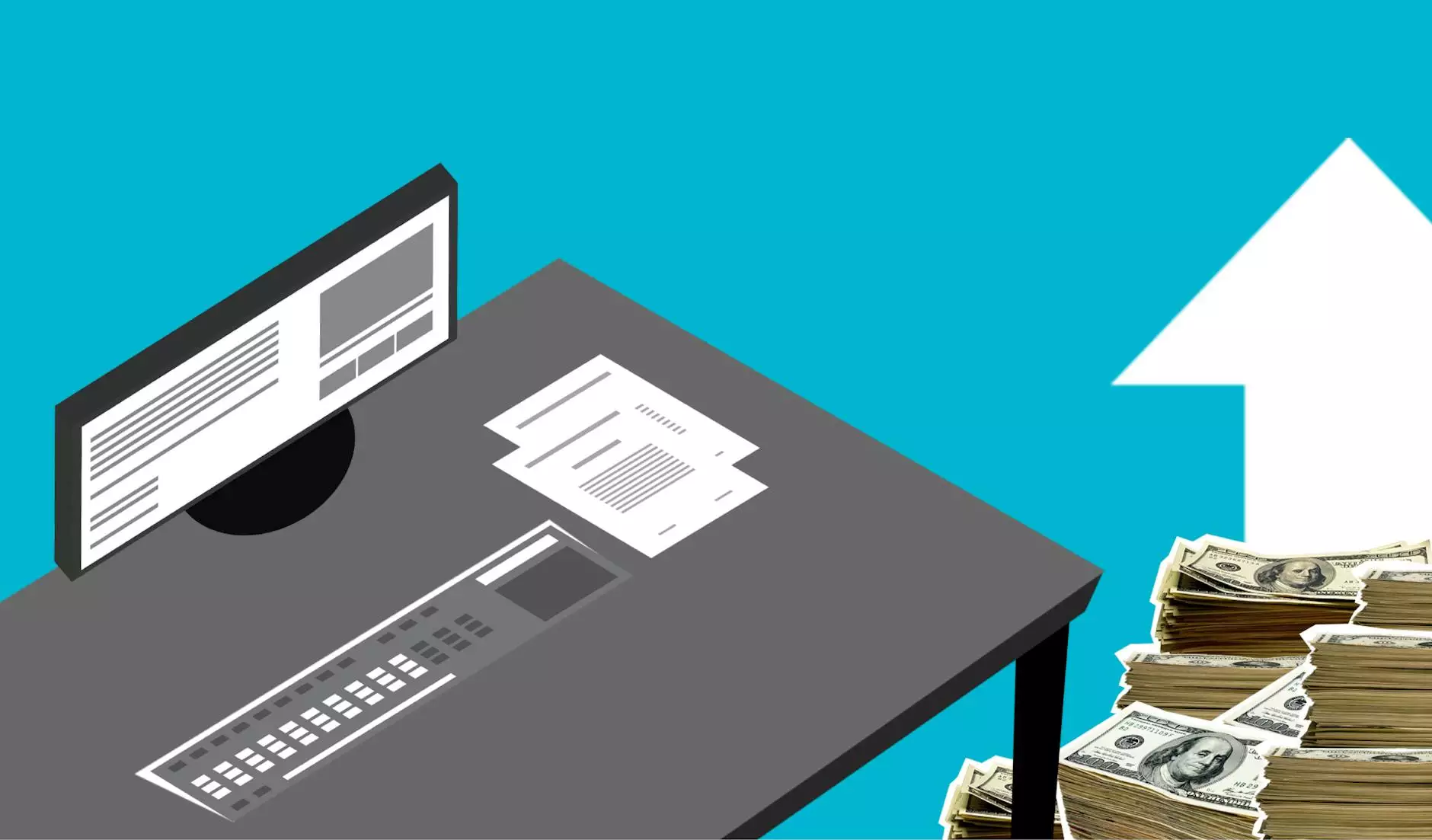China Sourcing How-To: Performing a Good Pre-Shipment
China-Africa Relations
Welcome to CTIP The Council for Trade and Investment Promotion's comprehensive guide on performing a good pre-shipment inspection when sourcing products from China. In this article, we will delve into the essential steps and best practices to ensure the quality, reliability, and compliance of your China-sourced products. Whether you are an experienced importer or new to the game, this guide is designed to equip you with the knowledge and skills necessary for a successful pre-shipment inspection process.
Why is Pre-Shipment Inspection Important?
Before we dive into the specifics of performing a pre-shipment inspection, let's understand why it is crucial for businesses engaged in international trade, especially those sourcing products from China. Pre-shipment inspection acts as a quality control measure that allows importers to verify the goods meet their requirements before they are shipped. It helps identify potential defects, damages, or discrepancies that could significantly impact the product's usability, marketability, and customer satisfaction.
Pre-Shipment Inspection Process:
1. Selection of an Accredited Inspection Agency
The first step in performing a good pre-shipment inspection is to select an accredited inspection agency that specializes in quality control and is familiar with the regulations and requirements of your specific industry. This ensures that you receive reliable and unbiased inspection reports.
2. Defining Inspection Criteria
Clearly define your inspection criteria in collaboration with the inspection agency. This includes product specifications, acceptance criteria, functional testing requirements, packaging standards, and any other relevant factors specific to your product line. Providing detailed and explicit instructions helps minimize misunderstandings during the inspection process.
3. Schedule and Logistics
Coordinate with your supplier and the inspection agency to set a convenient inspection date and location. Ensure that the inspection takes place when the goods are ready for shipment and adequately packed. Proper logistics planning ensures a smooth and timely inspection process.
4. Documentation Review
Inspection agencies will typically conduct a thorough review of pertinent documents such as purchase orders, packing lists, quality control certificates, and any other relevant documentation. This step ensures compliance with contractual agreements and regulatory standards.
5. Visual Inspection
The visual inspection phase involves examining the products and their packaging. The inspector will check for physical defects, damages, labeling accuracy, and adherence to visual standards. This step aims to identify any visible issues that may affect product quality or performance.
6. Sample Testing and Verification
The inspection agency may perform sample testing to validate product compliance with predetermined standards. Lab tests, functional tests, and other approved protocols can be conducted on representative samples to ensure the product meets the desired specifications.
7. Quantity and Packaging Verification
Inspectors will verify the quantity of goods, ensuring it matches the purchase order. They will also scrutinize the packaging to ensure it adequately protects the products during transportation and complies with applicable regulations.
8. Compliance and Certifications
If your product requires specific certifications or compliance with certain standards, the inspector will verify that all necessary certifications are in place. This step ensures that your product meets industry-specific regulations or international standards.
9. Report Generation
Following the inspection, the agency will prepare a detailed report summarizing the findings. This report serves as a valuable tool for decision-making, allowing you to address any issues or concerns before the products are shipped.
10. Remediation and Re-inspection
If any discrepancies or deficiencies are identified in the inspection report, appropriate remedial actions should be taken by discussing the findings with the supplier. In case of significant concerns, a re-inspection can be scheduled after corrective measures are implemented to ensure compliance.
Benefits of a Good Pre-Shipment Inspection
A well-executed pre-shipment inspection offers numerous benefits for businesses engaged in China sourcing. Some of the key advantages include:
- Ensuring product quality and reliability.
- Minimizing the risk of receiving defective or substandard products.
- Meeting customer expectations and enhancing customer satisfaction.
- Reducing costly rework, returns, and customer complaints.
- Compliance with regulatory and industry-specific standards.
Conclusion
Performing a good pre-shipment inspection is essential for businesses involved in China sourcing to guarantee product quality, compliance, and customer satisfaction. By following the steps outlined in this guide, importers can minimize risks, avoid costly quality issues, and ensure the smooth flow of goods from China to their intended destination. Remember, a thorough pre-shipment inspection can make a significant difference in the success of your business.
At CTIP The Council for Trade and Investment Promotion, we provide valuable insights and resources for businesses in the Business and Consumer Services sector. Contact us to learn more about optimizing your sourcing practices and growing your import business.










